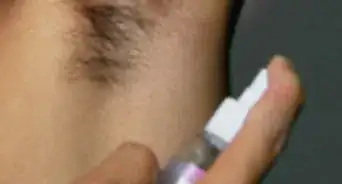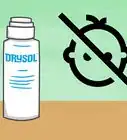This article was co-authored by Mohiba Tareen, MD. Mohiba Tareen is a board certified Dermatologist and the founder of Tareen Dermatology located in Roseville, Maplewood and Faribault, Minnesota. Dr. Tareen completed medical school at the University of Michigan in Ann Arbor, where she was inducted into the prestigious Alpha Omega Alpha honor society. While a dermatology resident at Columbia University in New York City, she won the Conrad Stritzler award of the New York Dermatologic Society and was published in The New England Journal of Medicine. Dr. Tareen then completed a procedural fellowship which focused on dermatologic surgery, laser, and cosmetic dermatology.
There are 10 references cited in this article, which can be found at the bottom of the page.
This article has been viewed 22,821 times.
If you want to cut down on armpit sweat, antiperspirants are the way to go. These products—which can come in different types, from sticks to sprays—reduce sweat by temporarily plugging up your sweat glands. Deodorants, on the other hand, simply cover up body odor. (You’ll still sweat while using a deodorant!) First, select the antiperspirant that will work best for your body. Then, make sure to apply it in the evening to give it time to soak in before you get going the next morning.
Steps
Picking the Right Antisperspirant
-
1Select a stick antiperspirant, which is the most common choice. Most people use antiperspirant that comes in a stick form, since it’s easy to apply and widely available. Like other antiperspirant types, it contains aluminum salts that plug your sweat glands. You’ll have the best results if you find a brand that contains at least 10% aluminum chloride.[1]
- Many antiperspirant sticks contain dimethicone, which can soothe skin—a plus if you shave your armpits.
- If you notice that your stick is clumping when you apply it to your underarm, it may contain too much powder or zinc.
-
2Purchase a cream if you have sensitive skin. Some antiperspirants come in cream form and are packaged in a tube or a jar. These formulas often include skin hydrators alongside the aluminum salts, making them a great choice for sensitive skin.[2]
- You may be able to find these products in your local drugstore or in a department store with a section for specialty skincare or cosmetics.
- Avoid formulas containing alcohol, aluminum, fragrances, or parabens. All of these ingredients can cause irritation for sensitive skin.[3]
Advertisement -
3Choose a gel formula to avoid getting white marks on your clothes. If you don’t wait long enough for your antiperspirant to dry before putting on your shirt, you’re likely to end up with white marks along the sides. Clear gels will prevent these white smears (although you should still wait to let them dry before you put on your shirt).[4]
- Gels do have some downsides—they can be sticky and dry out your skin a bit.
-
4Go for a spray if you have a lot of underarm hair. Antiperspirant sprays can be great for those who are having trouble swiping the product directly onto their skin. Simply mist the spray into your underarm area.[5]
- Consider choosing a different alternative if you shave your armpits, since sprays can irritate freshly-shaved skin. If you still plan to use a spray antiperspirant, wait 24 to 48 hours after shaving before applying it to your underarms.
-
5Buy clinical strength antiperspirant for heavy sweating. If you find yourself sweating even after correctly applying regular antiperspirant products, you may want to try a clinical strength version. Look for labels marked "clinical strength."[6]
- Clinical strength products must plug the sweat duct by at least 30%, while regular products only need to block it by 20%.
-
6Switch brands every 6 months to keep from building up immunity. Your armpits smell because of bacteria on your skin that break down the proteins in your sweat—not the sweat itself. These bacteria can build up immunity to your particular formula of antiperspirant over time. Make sure to change brands every 6 months or so to keep your antiperspirant effective.[7]
Applying Antiperspirant to Your Underarms
-
1Wash your underarms with an antibacterial soap. It’s probably easiest to do this while taking a shower or a bath. Make sure you wash your armpits thoroughly—antiperspirants work best when applied to clean skin.[8]
- Experts recommend applying your antiperspirants before you go to bed, which means it would be best to take your shower or bath in the evening.
- If you’ve shaved your armpits while in the shower, you should wait 24-48 hours before applying antiperspirant to avoid rashes or irritation.
-
2
-
3Apply a thin, even layer of antiperspirant to your underarms. A good rule of thumb is to apply 2 downward strokes and 2 upwards strokes for each armpit. A thick layer of antiperspirant won’t work any better than a thin layer, so don’t overdo it.[11] If you have armpit hair, you may need to apply additional pressure to the tube to get through to the skin underneath.[12]
- Make sure you’re shirtless while applying antiperspirant to avoid staining your clothes.
- If you’re using spray antiperspirant, give the bottle several shakes and spray it for 2-3 seconds at a distance of at least 6 inches (15 cm).
- If you’re using a cream, scoop about 2 peas’ worth out with your fingers and gently rub it into your armpit until it’s fully absorbed.[13]
-
4Wait several minutes until the antiperspirant is completely dry. You can allow the product to air-dry in your armpits. Or, to speed up the process, you can even use a hairdryer on its cool setting.[14]
- Once it’s dry, you can put on your shirt.
-
5Allow the antiperspirant to absorb fully overnight. If there’s any residue in your armpits the next morning, you can rinse it off with water and soap. This will not ruin the effectiveness of the antiperspirant—once it has set, it should last anywhere from 24 to 48 hours even if you rinse out your armpits.[15]
- If you apply antiperspirant in the morning, generally the product doesn’t have enough time to fully plug the sweat glands before you start sweating.
-
6Reapply based on your brands’ instructions. Antiperspirants can last up to 48 hours, depending on their formulas. Check the label on your particular brand to see how long it lasts. When you reach the end of that period, repeat this process with a new layer of antiperspirant.[16]
Expert Interview
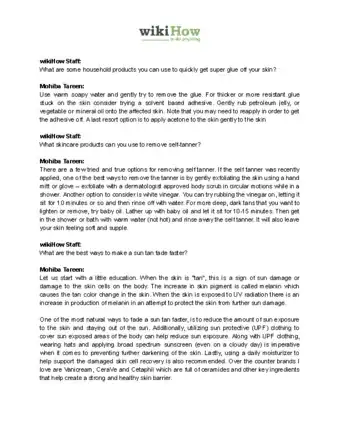
Thanks for reading our article! If you'd like to learn more about sweating, check out our in-depth interview with Mohiba Tareen, MD.
References
- ↑ https://www.postcrescent.com/story/life/family/2014/09/02/expert-guide-help-pick-right-deodorant/14962553/
- ↑ https://www.postcrescent.com/story/life/family/2014/09/02/expert-guide-help-pick-right-deodorant/14962553/
- ↑ https://www.webmd.com/skin-problems-and-treatments/features/antiperspirant-sensitive-skin#1
- ↑ https://www.postcrescent.com/story/life/family/2014/09/02/expert-guide-help-pick-right-deodorant/14962553/
- ↑ https://www.postcrescent.com/story/life/family/2014/09/02/expert-guide-help-pick-right-deodorant/14962553/
- ↑ https://www.rd.com/health/beauty/deodorant-mistakes/
- ↑ https://www.postcrescent.com/story/life/family/2014/09/02/expert-guide-help-pick-right-deodorant/14962553/
- ↑ https://www.livestrong.com/article/172872-how-to-use-antiperspirants/
- ↑ https://www.livestrong.com/article/172872-how-to-use-antiperspirants/
- ↑ https://www.huffpost.com/entry/stop-sweating-antiperspirant_n_55f34535e4b042295e3668c8
- ↑ https://www.livestrong.com/article/172872-how-to-use-antiperspirants/
- ↑ https://www.huffpost.com/entry/how-to-wear-deodorant_n_566a1b6ae4b080eddf57c06a
- ↑ https://www.refinery29.com/en-us/deodorant-cream-guide
- ↑ https://www.cosmopolitan.com/uk/body/health/a12240562/how-to-apply-deodorant-mistakes/
- ↑ https://www.theverge.com/2015/7/24/9031605/deodorant-antiperspirant-night-time
- ↑ https://www.rd.com/health/beauty/deodorant-mistakes/
- ↑ http://nymag.com/strategist/article/natural-antiperspirant-explainer.html
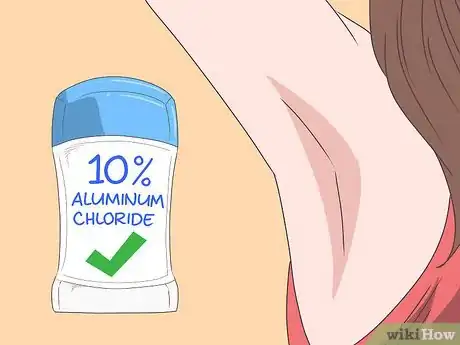
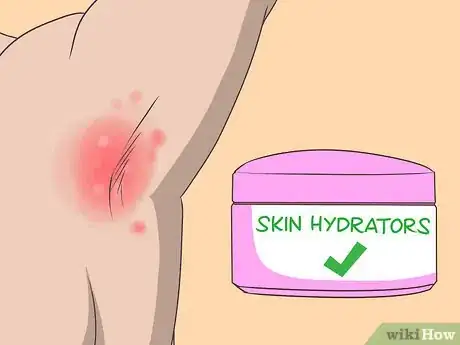
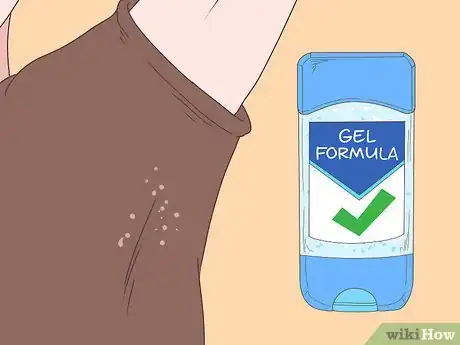
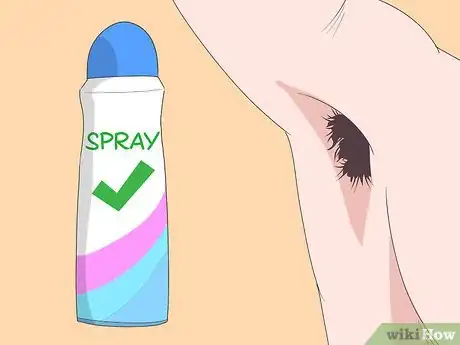
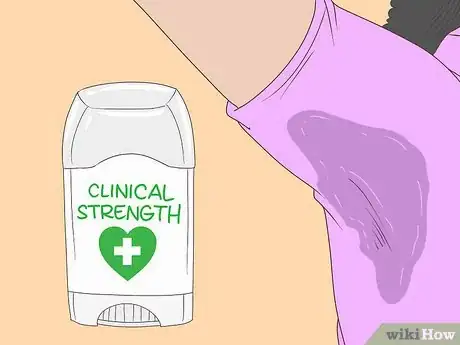

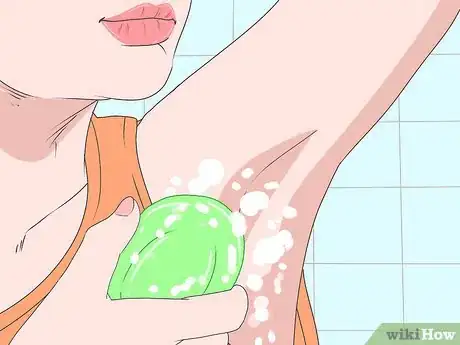
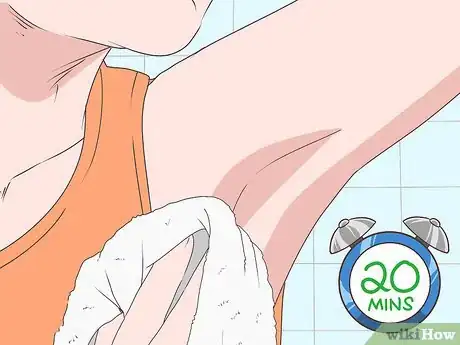
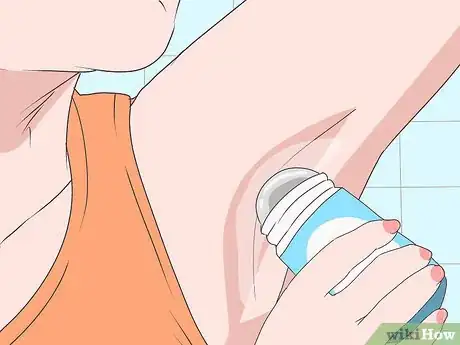
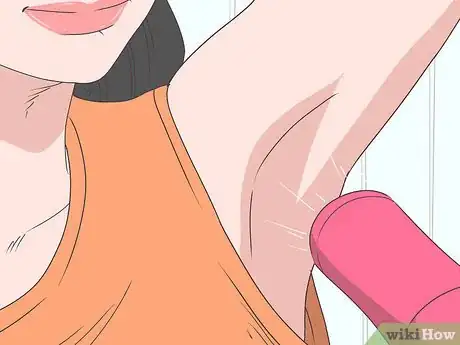


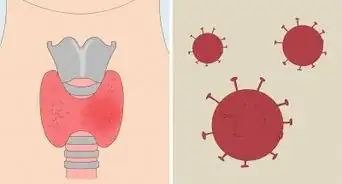

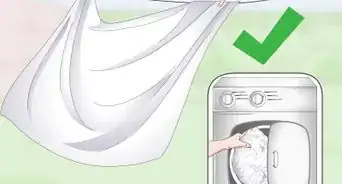

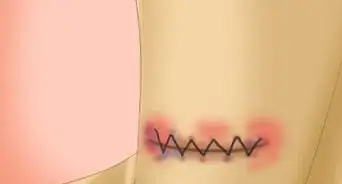



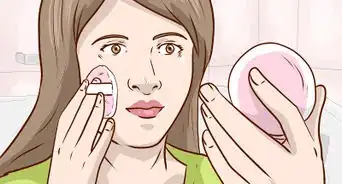
-Step-23-Version-3.webp)


